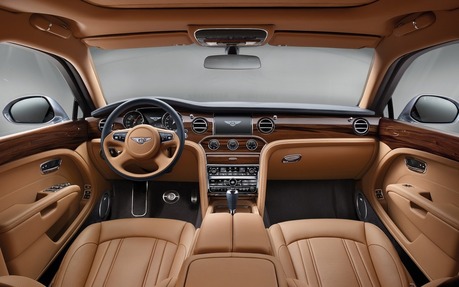Vehicle Interior Design Trends: Wood
In a world where plastic and composites reign supreme, who would have thought that a driver’s environment would still consist of a material as old as the earth itself—wood.
That’s right, wood! Up until the 1930s, car manufacturers used wood for a range of components, from the chassis and wheels, all the way to dashboards. Then, slowly but surely, metal and other lighter, more resistant materials came to replace wood.
- Also: America’s Affordable Auto Brands Lagging Behind in Interior Design
- Also: Screens Just Keep Getting Bigger
And yet, nothing has ever been able to replace the warmth of this living material. Its varied nature makes it easy to combine with different colors of leather and metal. Most importantly, though, it adds a distinct touch of class to the passenger compartment.
Most of the time, it comes in the form of oak, maple, walnut burl, elm or mahogany veneer (since mahogany is endangered, some manufacturers no longer offer it) or any other types of wood that customer seek. This veneer, just a few tenths of a millimetre thick, is glued onto particleboard. Specialized workers sand and adjust the pieces to perfection, then correct the slightest flaws in the wood. Next comes the coating phase, which gives the wood its lustrous finish.
Naturally, the more luxurious the car, the more exclusive the woodwork and the more detailed the labour that goes into it. Thanks to laser cutting, manufacturers are increasingly inserting strips of chrome, aluminum or other materials into the wood mouldings, giving them an elegant, yet modern feel. More modest brands lean toward particleboard that looks just like real wood.
Fun fact: Did you know that up to 6.5 square metres of wood go into each Bentley Mulsanne?
